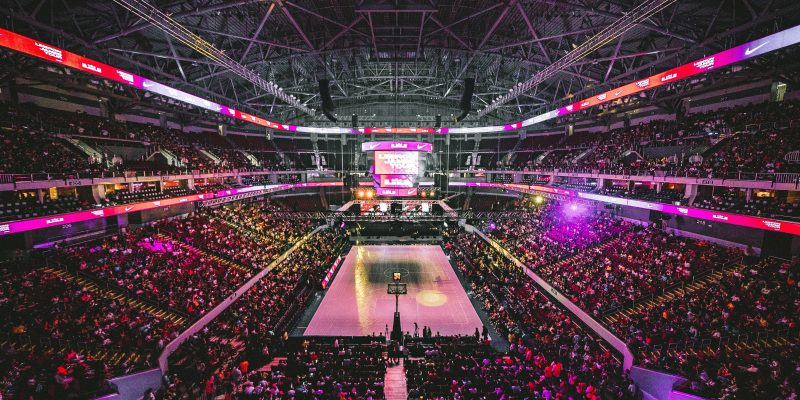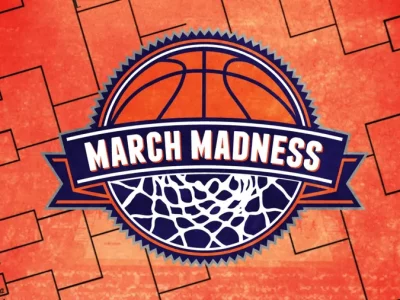NBA stadiums are not just arenas where games are played; they’re epicenters of entertainment, innovation, and community. As the league continues to grow in popularity, franchises are constantly seeking ways to enhance the fan experience, making every game an unforgettable event. This article delves into the cutting-edge innovations being implemented by NBA stadiums to attract more fans to games, highlighting how these advancements make attending a live game an unparalleled experience.
Tech-Forward Experiences: Beyond the Game
One of the most significant areas of innovation in NBA stadiums is the integration of technology to enhance the fan experience. Augmented reality (AR) and virtual reality (VR) are at the forefront, offering fans immersive experiences that extend beyond the court. For instance, some stadiums now offer VR headsets that allow fans to experience the game from the perspective of their favorite players, providing a unique vantage point that television broadcasts cannot match.
Moreover, mobile apps have become essential tools for fans attending games. These apps offer a range of features, from finding parking and navigating the stadium to ordering food and beverages directly to their seats. Some apps even enable fans to view replays from different angles, access real-time statistics and player information, or engage in interactive activities like predicting game outcomes, such as Lakers or Heat game bets, enriching their understanding and enjoyment of the game.
Sustainability and Eco-Friendly Initiatives
Sustainability is another area where NBA stadiums are leading the way. Recognizing the importance of environmental stewardship, many arenas have adopted eco-friendly initiatives to minimize their carbon footprint. Solar panels, water recycling systems, and energy-efficient lighting are becoming commonplace, demonstrating the league’s commitment to sustainability.
In addition to infrastructure improvements, some stadiums are promoting sustainability through fan engagement. Initiatives like incentivizing public transportation use, offering discounts for fans who bring reusable cups, or hosting eco-awareness nights help cultivate a culture of environmental responsibility within the fan base.
Community Engagement: More Than Just Basketball
NBA stadiums are increasingly focusing on becoming hubs of community engagement. Beyond hosting NBA games, arenas are offering a variety of events and activities that cater to different interests and age groups. Family zones, interactive exhibits, and pre-game entertainment areas provide fans with enjoyable experiences before the tip-off.
Furthermore, many stadiums have enhanced their accessibility features, ensuring that all fans, including those with disabilities, have a comfortable and inclusive experience. Efforts include sensory rooms for fans with autism, assistive listening devices, and improved signage and navigation for individuals with mobility challenges.
Culinary Revolution: Elevating Stadium Food
Gone are the days when stadium food was limited to hot dogs and popcorn. NBA stadiums are revolutionizing the culinary experience, featuring offerings from renowned chefs and local favorites that reflect the city’s culinary culture. From gourmet burgers and artisan pizzas to vegan and gluten-free options, the variety and quality of food available at games have significantly improved, making dining a key part of the game-day experience.
Additionally, some stadiums have introduced mobile ordering and express pick-up lines, reducing wait times and allowing fans to spend more time enjoying the game and less time standing in line.
Conclusion
The innovations being implemented in NBA stadiums are transforming the way fans experience live basketball games. By leveraging technology, prioritizing sustainability, fostering community engagement, and elevating the culinary experience, NBA franchises are ensuring that attending a game is about more than just watching basketball; it’s about enjoying a holistic and memorable experience. As these innovations continue to evolve, they not only attract more fans to games but also deepen the connection between teams and their supporters, heralding a new era of fan engagement in professional sports.









